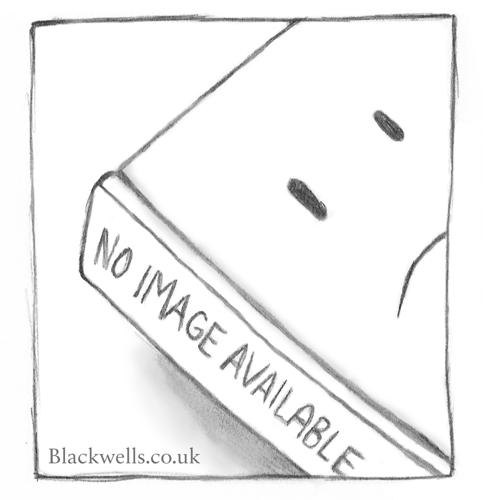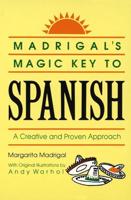Publisher's Synopsis
Soil building is a plant driven process whereby carbon is sequestered from the atmosphere and locked into the soil and in so doing, changes the overall biological, chemical and physical properties of the soil - in a beneficial way.Soil organic matter can be divided into 3 parts - the living, the dead and the very dead. The living part - huge diversity of micro-organisms, such as bacteria, viruses, fungi, protozoa, algae and nematodes; also, plant roots, insects, earthworms, and larger animals. The dead part - dead plant roots, crop residues, root exudates, deceased micro and macro organisms, and animal manures. This is the active, or easily decomposed, fraction of organic matter that is the main supply of food for the various organisms. The very dead part - humus - very stable, complex and well-decomposed organic matter. Humus is an organo-mineral complex comprising about 60% carbon and between 6 and 8% nitrogen, phosphorus and sulphur. Proportionally, it has a huge surface area and can store both cations and anions and is an essential factor in soil fertility. These organo-mineral complexes form a stable and inseparable part of the soil matrix that can remain intact for hundreds of years.


























